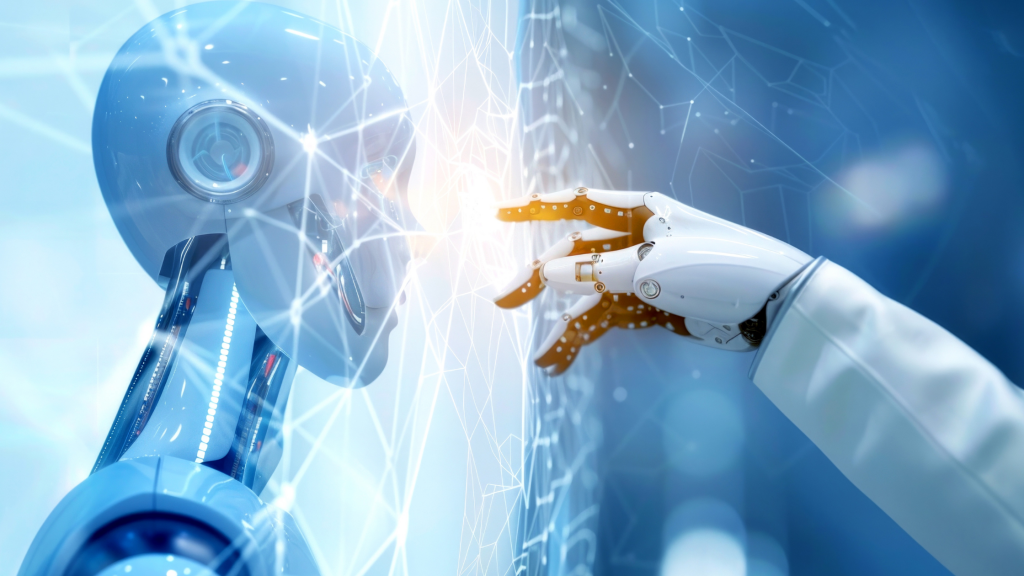In the fast-evolving world of technology, one concept that has rapidly gained momentum across industries is digital twin technology. Originally rooted in industrial design and manufacturing, digital twins are now transforming software innovation, particularly in systems driven by IoT solutions and real-time simulation. This blog explores the powerful role of digital twins in reshaping modern software development.
What is a Digital Twin?
A digital twin is a virtual replica of a physical object, system, or process. It mirrors real-world conditions by receiving live data from sensors and other inputs, allowing it to simulate, monitor, and predict behaviors in real-time. This combination of virtual modeling and real-time data feeds creates an interactive model that evolves as the physical entity changes.
Digital twin technology has become essential in industries such as manufacturing, where machines can be monitored digitally to predict failures before they occur; healthcare, where digital models of organs can aid in diagnostics and treatment; and logistics, where entire supply chains can be simulated to enhance efficiency.
How Digital Twins Enable Software Innovation
The integration of digital twins into the software development lifecycle is revolutionizing the way systems are designed, tested, and maintained. In agile and DevOps environments, where rapid iteration and constant feedback are crucial, digital twins offer a powerful way to simulate software behavior under different conditions.
Developers can:
Predict outcomes before deployment using realistic virtual models
Run continuous tests in simulated environments
Optimize systems through feedback from real-time performance data
Digital twins provide a feedback loop that goes beyond static modeling; they actively evolve with the product, allowing developers to innovate faster, fix bugs more efficiently, and deliver higher quality software.
The Role of IoT and Real-Time Simulation
The power of a digital twin lies in its connection to the physical world, enabled by IoT solutions. Devices, sensors, and connected systems continuously feed data into the virtual model. This stream of information allows the digital twin to update in real time, offering a mirror image of the operational status of the system.
Real-time simulation powered by this data enables:
Predictive maintenance (spotting issues before they lead to failures)
Smarter decision-making (based on live operational insights)
Greater efficiency (adjusting systems based on actual usage)
This is particularly valuable in mission-critical environments like smart factories or autonomous transportation, where uptime and reliability are non-negotiable.
Use Cases in Modern Software Solutions
Smart Cities: Cities use digital twins to manage utilities, traffic systems, and public services by simulating urban behavior in real-time.
Autonomous Vehicles: Car manufacturers model vehicles and their environments to test software updates and navigation algorithms safely.
Healthcare Monitoring: Hospitals use patient-specific digital twins for diagnostics, treatment planning, and real-time health tracking.
These use cases demonstrate the power of digital twins not just for enterprise software, but also for consumer-facing technologies that require precision, adaptability, and real-time intelligence.
Challenges and Considerations
Despite the advantages, digital twin adoption comes with challenges:
Data privacy: Real-time data collection raises concerns about sensitive information
Implementation complexity: Creating and maintaining a digital twin requires specialized skills and infrastructure
Cost: Initial investments in sensors, data storage, and processing power can be high
Security and scalability are also key factors. As digital twins become more interconnected and data-rich, ensuring their safe and efficient operation is essential.
Future Outlook
The future of digital twin technology is tightly linked with the evolution of AI, cloud platforms, and edge computing. As these technologies mature, digital twins will become more intelligent, autonomous, and accessible.
Expect trends such as:
Greater use of AI for self-correcting systems
Cloud-based digital twins for scalable deployments
Edge-enabled processing for faster, localized decision-making
The next generation of software will be more adaptive, intelligent, and resilient thanks in part to digital twin innovation.
Conclusion
Digital twins are no longer just a tool for engineers; they are becoming a core component of modern software solutions. By combining virtual modeling, IoT solutions, and real-time simulation, businesses can unlock new levels of efficiency, innovation, and reliability.
For forward-looking organizations, the question is no longer if they should adopt digital twins but how soon.











